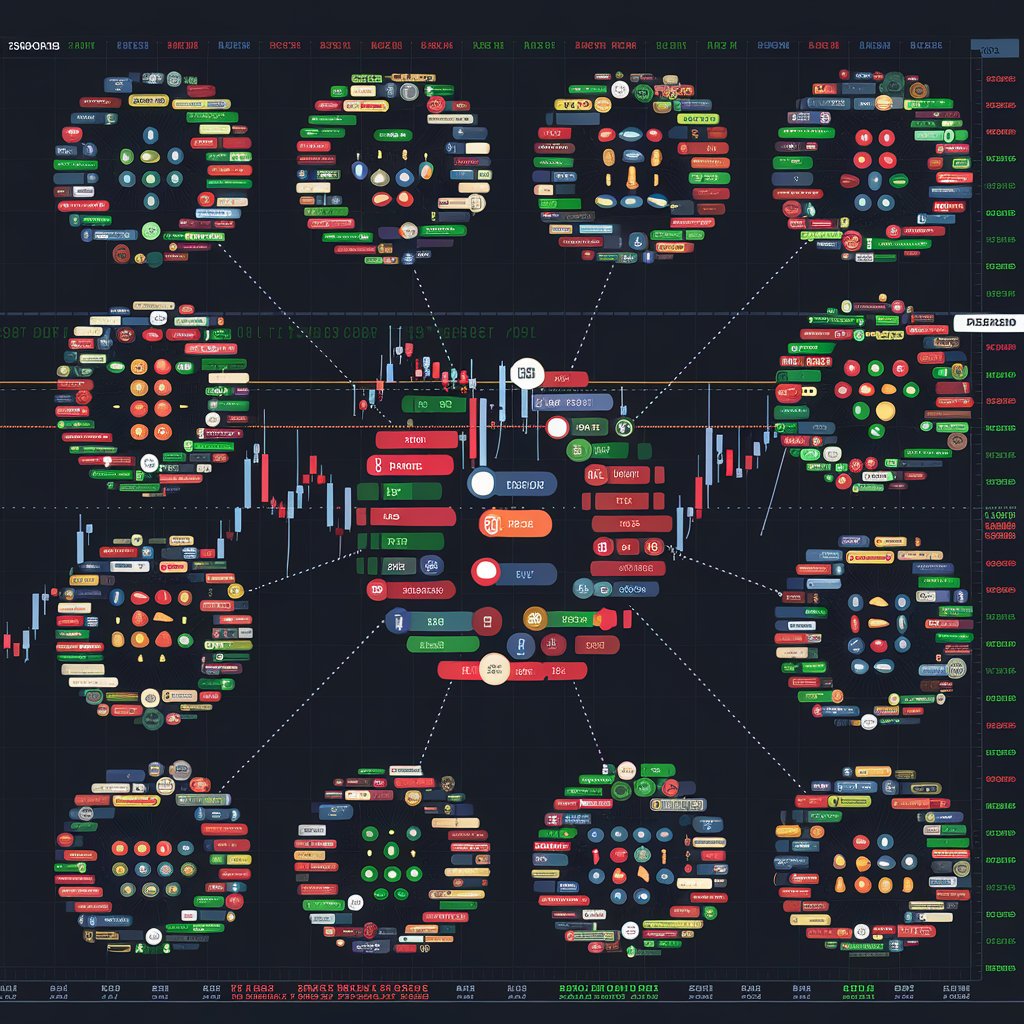So today you must be very excited because we told you in the previous video that today you are going to learn the chart of accuracy. Now in this also sir, there are two different theories, 1.0 and 2.0. We will explain both. So sir, let’s start with your chart of accuracy in which we do not need to see the chart. In the theory of chart of accuracy there is no need to see the chart. Basically, why did the theory of chart of accuracy come into existence? The reason behind the creation of chart of accuracy was the movement of chart of accuracy. It was the movement of open interest and volume. When I started tracking these movements, that is, continuously I kept looking at specific movements for 3-4 months, how does it happen. What happens is, like we have an eclipse, so scientists have very little time to study the eclipse. Why? Because it will come, then when will it come for the second time, I don’t know. And when it will come, it will come after a long time one scenario may come, then it may take 3 months. After 3 months, this scenario is being repeated. So, to study this, that is the particular day. The day it has come and many times we will study it, then we will arrive at a theory that this is a particular theory. So, you can understand how much time it would have taken to create the 9 scenarios. In understanding the 9 scenarios, the whole market is focused on this. It is no different from this. So, let us try to understand this. So, now when we try to understand the topic of charts of Accuracy 1.0, in itself there are 9 different scenarios that we have to learn here. What movement am I talking about here? The first thing is this. I am talking about the movement of open interest and volume here. Let me remind the viewers what we talked about in the previous episode that if the volume and open interest are together and traveling towards out of the money, then both will travel, then we will consider it as one travel and if we are going towards the money, then if one travels also, then we will consider it as a travel. Either it is strong, which is not traveling anywhere, or it is traveling, then it is marked with yellow color. So, we have to see this, we have to understand where this traveling is coming from basically. Once we show the option chain. Yes, we understand this by showing it in the option chain. Now we come to the option chain.
We were talking the other day how we were talking that this is our support and resistance and this resistance is trying to travel this way. So, because here it was only volume, so the volume is trying to travel.
So, here you will see a yellow arrow. You will see its symbol like this. If 18,500 is 32,000 and instead of 23,000, 24,000, 25,000, 26,000, whatever it is, then it is traveling. And how is it moving? It is moving in the direction of this arrow. So, now in the option chain, what is top and bottom? This is very important for us to understand. The smallest strike price in the option chain is the bottom.
This is the bottom and in the option chain, this is the top, which is the largest strike price.
Now if you look carefully, where is this volume going? It is going upwards.
So, what do I call it?
I call it weak upwards. Meaning this volume is weak upwards. And if this movement would have been not like this but like this, what would I call it?
Weak downwards. Meaning this is weak downwards. When this volume, the highest volume, shifts from here and goes to the strike price, then we call it weak upwards. And when this highest volume, whether it is the call side or the put side, shifts from here and tries to go towards the bottom strike price, then we call it weak downwards. Downwards. Yes.
And I show it with the yellow arrow. And when we come to this in our chart of 1.0, you can see it with the yellow arrow. What is visible here? You can see a lot of tops and a lot of bottoms. What are the movements? Now let us try to understand it basically. What is this? Now the first scenario, scenario number 1. There are a total of 9 scenarios in it. And remember, believe me, whether we talk about stocks, whether Nifty, Bank Nifty, or Fin Nifty, I have never seen the market outside these 9 scenarios. You may have never seen in your life. That trade in the market. What will it say? You can see CEPE written in many places. Okay. That somewhere PE is written, somewhere CE is written. So now what we have to do is take the trade according to that. On one side I have written trading on EOS, which means trading on the extension of support. Okay. Here support can be a little confusing. Here support is written above and resistance is written below. This is according to the option chain. If you look at the call side, resistance is formed below and support is formed above. So this happens according to the option chain.
